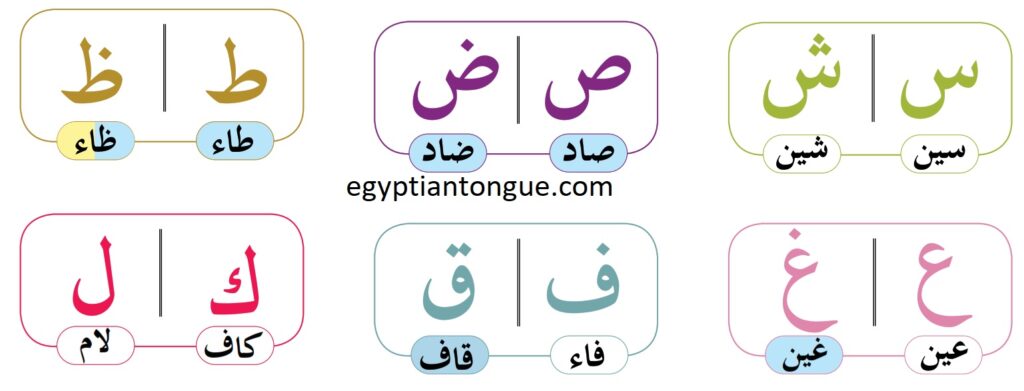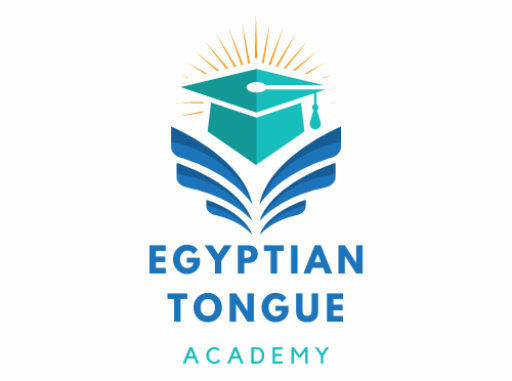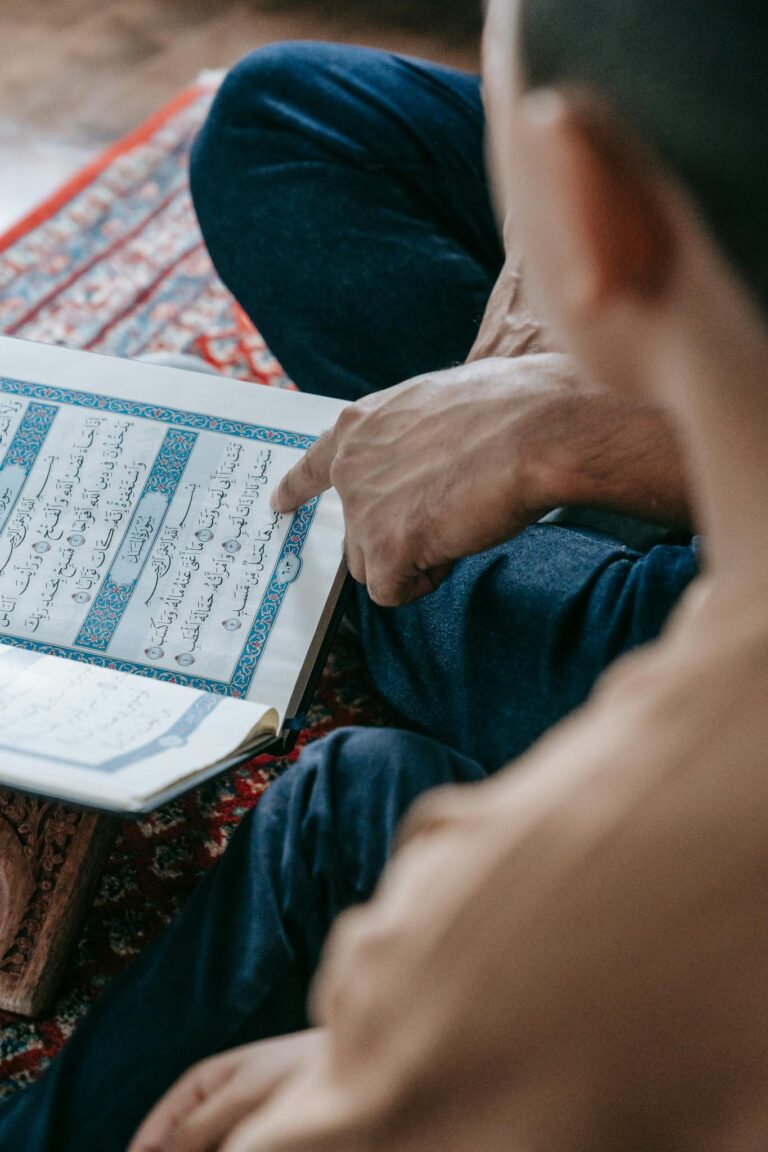Learn Arabic Alphabet: The Ultimate Beginner’s Guide 2025
To learn Arabic alphabet is often the first, most intimidating step on a beginner’s journey. Those 28 beautiful but strange shapes can seem like a random code. But the truth is, with the right strategy, you can master this system much faster than you think.
This guide gives you that strategy. We won’t just show you the letters; we’ll show you the system behind them, making your mission to learn Arabic alphabet feel achievable and exciting.
This is a core topic we introduce in our ultimate guide to learning Arabic for beginners and today we’re diving deep into it.
Why Most Beginners Fail to Learn Arabic Alphabet
The biggest mistake is trying to memorize 28 unique shapes. This is slow and frustrating. The secret to successfully learn Arabic alphabet is to stop seeing 28 letters and start seeing a handful of “base shapes” or “families.” This is the key.
![learn arabic alphabet families]](https://egyptiantongue.com/wp-content/uploads/2025/08/Untitled-1024x392.png)
The “Family System”: A Smarter Way to Learn Arabic Alphabet
Instead of 28 letters, let’s think of them as about 7 main families. The letters in each family share the exact same core shape. The only difference is the number and position of the dots. This system makes it much easier to learn Arabic alphabet.
Let’s look at the biggest family as an example:
| Letter | Name | Sound | Key Feature |
|---|---|---|---|
| ب | Ba’ | b | One dot below |
| ت | Ta’ | t | Two dots above |
| ث | Tha’ | th | Three dots above |
| ن | Nun | n | One dot above (bowl shape) |
| ي | Ya’ | y | Two dots below (end form) |
Suddenly, you’re not learning five random letters. You’re learning one shape and five simple dot patterns. This reduces the cognitive load immensely.
The 4 Forms: How Letters Connect
The second hurdle is that letters change shape. But again, there’s a system. You don’t need to learn 112 shapes! Once you understand the simple logic of how they connect, you’ll recognize the core shape of the letter every time.
For a deeper dive into the specific sounds of each letter, the Wikipedia page on Arabic phonology is an excellent academic resource.

Your Action Plan: A Checklist to Master the Alphabet
Ready to start? Use this checklist to guide your first week. This systematic approach is far more effective than random studying for anyone wanting to learn Arabic alphabet.
Your First 7-Day Checklist:
- Day 1: Master the “Ba’ Family”. Focus on writing the core shape and placing the dots correctly for these letters:
> ب, ت, ث, ن, ي - Day 2: Master the “Jim Family”. Pay close attention to the dot position for these letters:
> ج, ح, خ - Day 3: Learn the “stand-alone” letters that don’t connect to the left. This is a crucial rule for these letters:
> ا, د, ذ, ر, ز, و - Day 4: Tackle the challenging sounds. Watch videos for these two letters and try to imitate them:
> ع (Ayn ), ح (Haa’) - Day 5: Practice reading simple 3-letter words by combining the letters you’ve learned.
- Day 6: Review all the letters and their forms. Can you write them from memory?
- Day 7: Reward yourself! You’ve just taken the biggest and most important step.
This checklist simplifies the process, but remember that mastering pronunciation and connection rules is a common point of confusion, often touching on the MSA vs. Dialect debate regarding subtle sound changes.
If you want a complete, step-by-step system that takes you from zero to confidently reading your first words with video lessons, guided exercises, and a clear path, then our free starter course is the perfect next step for you. It’s designed to make your journey to learn Arabic alphabet as simple and effective as possible.
Get Your Free Course and Master the Arabic Alphabet in Record Time


